Varia South Africa
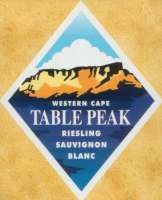 Table
Mountain is part of the strip of land forming Cape Peninsula
National Park. Table Mountain, however, stands in the middle of Cape Town
and defines the downtown area, with the forested ravines of its eastern
buttresses flanking the southern suburbs. So named for its flat top, the
mountain rises to a height of 1086m (3562ft). Maclear’s Beacon was
erected on the top in 1843 by astronomer Sir Thomas Maclear, who used
it to obtain a more accurate measurement of the earth’s circumference.
Since 1929, a cable car has carried visitors up to the summit, which offers
spectacular views of the city and its beaches. The mountain is also home
to an indigenous rodent-like creature called the Rock Hyrax or ‘dassie’,
the closest living relative to modern elephants.
Table
Mountain is part of the strip of land forming Cape Peninsula
National Park. Table Mountain, however, stands in the middle of Cape Town
and defines the downtown area, with the forested ravines of its eastern
buttresses flanking the southern suburbs. So named for its flat top, the
mountain rises to a height of 1086m (3562ft). Maclear’s Beacon was
erected on the top in 1843 by astronomer Sir Thomas Maclear, who used
it to obtain a more accurate measurement of the earth’s circumference.
Since 1929, a cable car has carried visitors up to the summit, which offers
spectacular views of the city and its beaches. The mountain is also home
to an indigenous rodent-like creature called the Rock Hyrax or ‘dassie’,
the closest living relative to modern elephants.
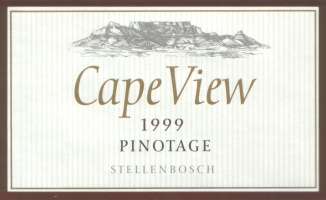 Part
of the Cape Peninsula National Park, Cape Point
is an 8000-hectare (19,770-acre) narrow promontory of land jutting into
a stretch of open sea popularly believed to be the meeting point of the
Atlantic and Indian oceans. The peninsula, situated 60km (37 miles) southwest
of Cape Town, is characterised by towering sea cliffs, the highest in
South Africa, which reach a height of 249m (817ft). Criss-crossed by spectacular
walks and trails, the area also features whale and penguin watching, tidal
pools, over a thousand species of indigenous plants and a variety of mammals,
such as baboon and buck. Popular activities around Cape Point also include
abseiling, parasailing, horseriding and surfing.
Part
of the Cape Peninsula National Park, Cape Point
is an 8000-hectare (19,770-acre) narrow promontory of land jutting into
a stretch of open sea popularly believed to be the meeting point of the
Atlantic and Indian oceans. The peninsula, situated 60km (37 miles) southwest
of Cape Town, is characterised by towering sea cliffs, the highest in
South Africa, which reach a height of 249m (817ft). Criss-crossed by spectacular
walks and trails, the area also features whale and penguin watching, tidal
pools, over a thousand species of indigenous plants and a variety of mammals,
such as baboon and buck. Popular activities around Cape Point also include
abseiling, parasailing, horseriding and surfing.
Contrary to popular belief, Cape Agulhas (not Cape Point) is the southernmost tip of Africa as determined by the International Hydrographic Organization.
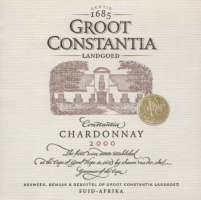 The
southernmost tip is situated 1km west of Cape Agulhas Lighthouse and a
small plaque marks the position. The warm Agulhas Current and the cold
Benguela Current meet somewhere between Cape Agulhas and Cape Point but
the position is never constant. The name Cape Agulhas comes from the Portuguese
word for "needles" after the early Portuguese explorers discovered
that their compass needle showed no deviation. The
seas around Cape Agulhas are very treacherous and have caused numerous
shipwrecks and the Cape Agulhas Lighthouse was built in 1848 to help reduce
the fatalities.
The
southernmost tip is situated 1km west of Cape Agulhas Lighthouse and a
small plaque marks the position. The warm Agulhas Current and the cold
Benguela Current meet somewhere between Cape Agulhas and Cape Point but
the position is never constant. The name Cape Agulhas comes from the Portuguese
word for "needles" after the early Portuguese explorers discovered
that their compass needle showed no deviation. The
seas around Cape Agulhas are very treacherous and have caused numerous
shipwrecks and the Cape Agulhas Lighthouse was built in 1848 to help reduce
the fatalities.
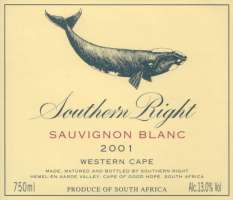 It
is the 2nd oldest working lighthouse in South Africa and was declared
a national monument in 1973. The ceremonial first lighting took place
on 1 March 1849.
It
is the 2nd oldest working lighthouse in South Africa and was declared
a national monument in 1973. The ceremonial first lighting took place
on 1 March 1849.
The architecture is inspired by the style of the original
Pharos Lighthouse at Alexandria. Unfortunately inferior limestone was
used and by 1968 an aluminium support structure had to be erected because
the tower was no longer sturdy. Restoration began in 1983 and in 1988
the lighthouse re-opened. Visitors who climb the
narrows steps to the top of the tower are rewarded with a panoramic view
of the ocean. The Cape Agulhas Lighthouse houses
the only lighthouse museum in Africa. There are photographs of all 56
South African lighthouses and interesting information about lighthouses
and their history. The Cape Agulhas Lighthouse
celebrated its 150th anniversary on 1 March 1999. To coincide with the
celebrations the Agulhas National Park was opened.
 Stellenbosch
is the second oldest town in South Africa and every effort has been made
to preserve the atmosphere of I9th century calm and elegance. Nowhere
is this more evident than in Dorp Street with its charming, thatched,
white houses with green shutters and elegant fanlights. The town is also
known for its stately oaks and gracefully proportioned Cape Dutch homesteads.
Stellenbosch
is the second oldest town in South Africa and every effort has been made
to preserve the atmosphere of I9th century calm and elegance. Nowhere
is this more evident than in Dorp Street with its charming, thatched,
white houses with green shutters and elegant fanlights. The town is also
known for its stately oaks and gracefully proportioned Cape Dutch homesteads.
The Stellenbosch Wine Route was the first in South Africa and all the
estates along the route are within a 12km radius of the town. All are
open Monday to Saturday with only a few opening on Sundays. They offer
wine tastings and sell directly to the public and a number of the estates
offer light meals but it would be advisable to make enquiries before you
arrive.
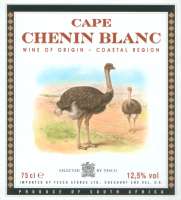
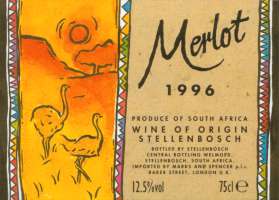 Oudtshoorn,
the world's ostrich capital.
Oudtshoorn,
the world's ostrich capital.
Commercial ostrich farming started during the late 1880's in South Africa,
this was also the start of the ostrich industry worldwide. The fashion
demand in Europe for ostrich feathers inspired the growth of the industry,
with the Oudtshoorn district quickly being established as the Ostrich
capital of the world. During the first decade of the previous century,
ostrich feathers gained record prices on foreign markets, ranking 4th
on the list of South African exports, after gold, diamonds and wool.
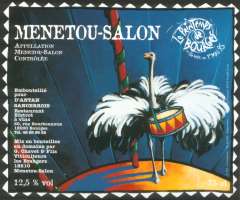 The visitors will see large flocks of ostriches at different stages of
development in the surrounding fields. You can see the breeding camp,
with a nest of ostrich eggs, where the first stage of the ostrich life
cycle is explained. Visitors will get the opportunity to test the strength
of the eggs by standing on them. During the breeding season visitors get
to see ostrich eggs hatching in the incubator rooms.
The visitors will see large flocks of ostriches at different stages of
development in the surrounding fields. You can see the breeding camp,
with a nest of ostrich eggs, where the first stage of the ostrich life
cycle is explained. Visitors will get the opportunity to test the strength
of the eggs by standing on them. During the breeding season visitors get
to see ostrich eggs hatching in the incubator rooms.
The Cango caves are a place
of great natural beauty and a national monument. One of the world’s
great natural wonders, sculptured by nature through the ages. Mysterious
and breath-taking limestone formations in a wide variety of natural
colours.
The temperature in the caves is a warm and humid 18°C.
The cave extends for 5.3km, in a series of large spherical chambers
connected linearly by low passages and crawls. For more than 20 million
years, rainwater has flowed through fissures and seeped through cracks
in the earth's face, scouring and dissolving rock and limestone to form
the vast halls and tunnels of the Cango Cave system.
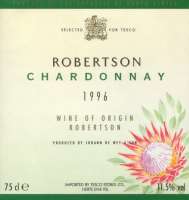 South
Africa's Garden Route
South
Africa's Garden Route
The coastal stretch at the Indian Ocean covers the area of the Tsitsikama
Forest- and Coastal Nature Reserve with Storm River Mouth, the villages
of Nature's Valley, Plettenberg Bay, Knysna, Sedgefield, Wilderness
and George and behind the mountain range the fruit farming area at the
Langkloof and the town of Oudtshoorn with surrounding Ostrich Farms.
Other tourist attractions nearby are the vast limestone Cango Caves
and a drive over the scenic
Swartberg Pass.
© All rights reserved. The Wine Labels World.